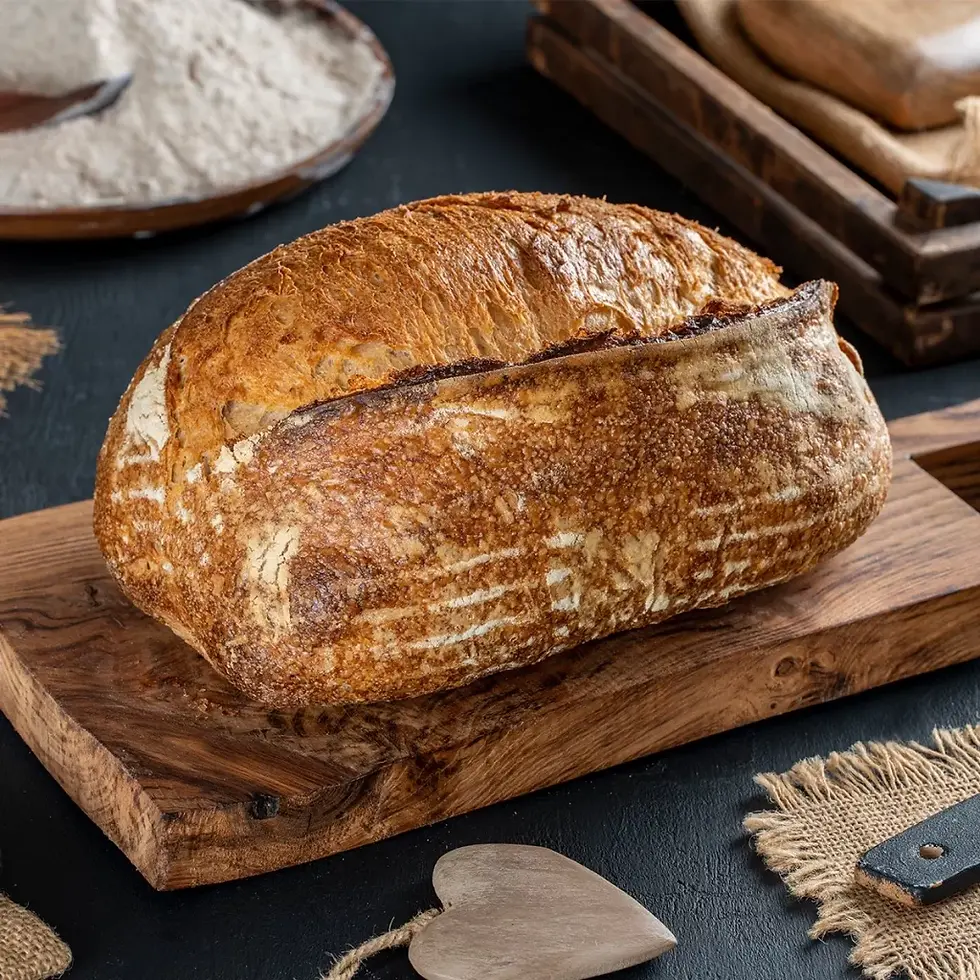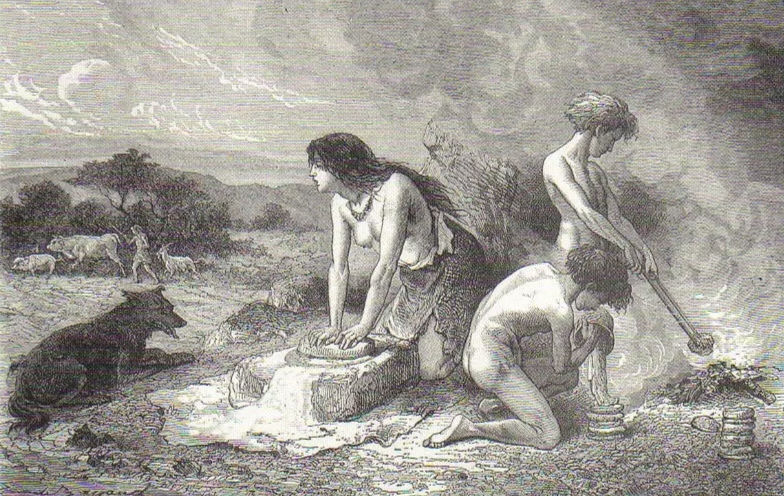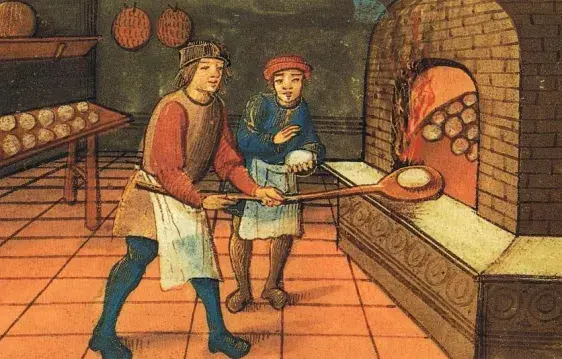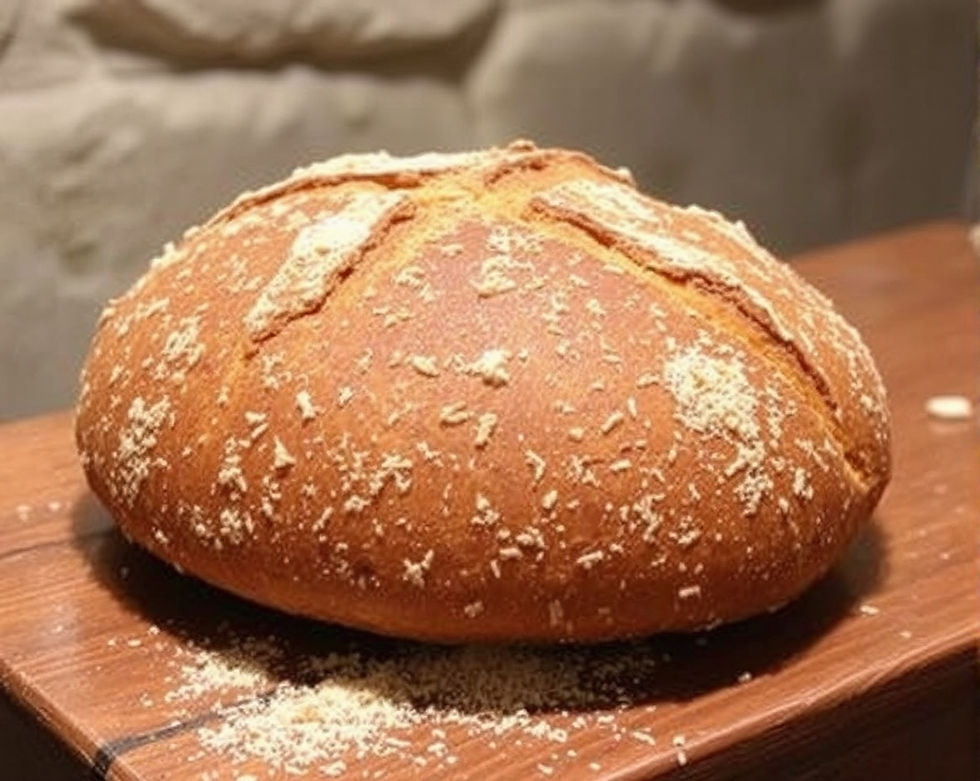The History of Bread: The Tale of a Timeless Delight
- mainkaanhesap
- 9 Eyl 2024
- 2 dakikada okunur
The history of bread is one of the oldest and most significant chapters in human history. This simple yet vital food has been a part of human life for thousands of years, evolving through centuries of cultural and technological changes. Let’s embark on a journey through the history of bread and uncover the roots of this essential staple.

Modern Bread
Early Beginnings: The Stone Age
The history of bread dates back to around 10,000 B.C. in the Fertile Crescent of the Middle East. Early hunter-gatherer societies gathered wild wheat and barley, which they ground into flour using stone mills. This flour was mixed with water and baked on hot stones, creating some of the earliest forms of bread. Unlike today’s bread, these early loaves were quite simple and hard.

The Stone Age
Ancient Civilizations and Bread
Around 3,000 B.C., in Ancient Egypt, bread-making techniques began to advance further. The Egyptians developed mills to grind grains and started baking leavened bread. Bread was not only a staple food but also played a significant role in religious and ritual contexts. The transfer and development of bread-making knowledge became an integral part of Egypt’s great civilization.

Ancient Era
Greek and Roman Eras
During the ancient Greek and Roman periods, bread-making and consumption became even more widespread. The Greeks developed various types of bread and perfected baking techniques. By the time of the Roman Empire, bread production became industrialized. The Romans built large-scale mills and bakeries, making bread production and distribution more systematic. Bread was considered a fundamental foodstuff in Roman society.

Roma Era
The Middle Ages: Bread and Social Structure
In the Middle Ages, bread became a significant part of the social and economic structure. Different classes had different types of bread; the wealthy consumed white bread, while the poor had darker, coarser loaves. Bread played a crucial role in the daily lives of both the rich and the poor. Additionally, bread production diversified further, and local bread types began to emerge.

Middle Age
The Renaissance and Beyond: Innovations in Bread-Making
During the Renaissance, many innovations in bread-making occurred. The period saw the development of wheat varieties and baking techniques that led to higher quality and more diverse bread types. With the Industrial Revolution, bread production became mechanized, allowing for faster and more widespread production.

Bread in the Modern Era: Health and Variety
Today, bread is produced in both traditional and innovative forms. Industrial production methods have made bread more accessible, while organic and natural bread-making practices have gained popularity. Moreover, various health-conscious options such as gluten-free, whole grain, and multigrain breads cater to diverse dietary needs.
Conclusion
The history of bread mirrors human history; it has evolved alongside our dietary habits, technological advances, and cultural changes. From its humble beginnings to its place in modern kitchens, bread remains a fundamental part of our diet. Knowing this rich and extensive history can deepen our appreciation and connection to bread.
Whether a slice of whole grain bread or a fresh ciabatta, each bite carries a legacy from deep within history. Bread, in its simplest form, is one of humanity's greatest achievements.
Stay Safe

Comments